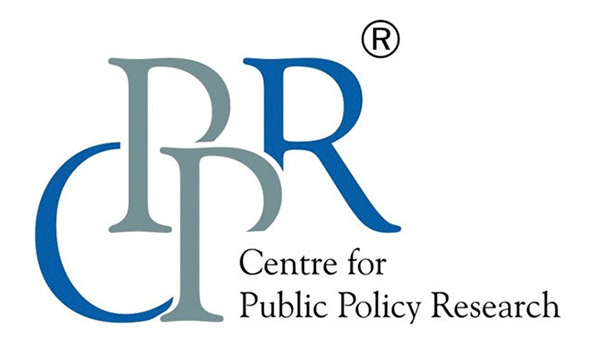Articles

Kochi’s Transport Sector: The Grand Schemes in Store for 2024|D Dhanuraj|CPPR|All India Radio
January 15, 2024
E book – YOUTH VOICES OF KERALA
January 16, 2024Transit-oriented development is the way forward for Bengaluru
In a railway project like the circular rail system, it’s crucial to ask what equity and stake local governments have in regional development, which integrates land seamlessly with infrastructure and market forces.

Indian cities serve as growth engines, contributing significantly to the nation’s GDP. A telling indicator of the burgeoning upwardly mobile middle class is the surge in private vehicle users. Bengaluru is no exception to this trend. Today, the traffic snarls and congestion make this city notorious for loss of human resources productivity. Debates around increased air pollution and its effect on Climate Change have also become more pronounced.
Efforts to address these challenges include initiatives such as the implementation of a widely networked metro and subsidised bus transport, along with initiatives to enhance integration among various transportation modes and rationalise routes. Yet, the desired results have remained unrealised.
The proposal to have a circular railway network is another attempt in this regard. The proposed one is a high capital-intensive one of about Rs 50,000 crore. It aims to connect many of the suburbs with Bengaluru city. The project aims to decongest and integrate the transport networks of an expanding city.
A feasibility study is underway and expected to be tabled before the end of this year. In India, land acquisition is cited as the major bottleneck for infrastructure projects. In most cases, land acquisition does not go beyond agreed-upon terms between the landowners and the government. In a railway project like this, it’s crucial to ask what equity and stake local governments have in regional development, which integrates land seamlessly with infrastructure and market forces.
Almost every city in India has no history of integrating land development with transport networks, thus missing the crucial element of transit-oriented development (TODs). Even the metropolitan transport authorities have not taken off integrating the various transport modes, let alone the concerned integrated approach by the municipal corporation, development authorities, and others. The state government holds control over land and revenue, while city governments possess master plans. In many cases, the metropolitan planning committees do not even exist. There’s a notable absence of a comprehensive approach.
The Indian Railways is not an exception. Since the railways is the big elephant in the room representing the Union government, the state and city government agencies which have higher stakes in the local developments get muted and intimidated in most cases.
All these issues have been evident in projects that initially boast high footfall projections but ultimately fail to meet their claims, a fate experienced by many metros in the country.
For a successful shift towards increased public transport usage, development authorities must collaboratively also prioritise densification. Here, real estate assumes a pivotal role in boosting footfall and the effective utilisation of transport services. The Floor Space Index (FSI) concept is instrumental in optimising space for these objectives. However, restrictions on FSI, with justifications citing limitations of parastatal agencies to provide public utilities or their authority being vested in state governments in many cities, present a challenge to the overarching goal of densification. Unfortunately, these factors do not bode well for integrated development.
To address some (if not all) of these aforementioned challenges, Karnataka introduced the Bengaluru Metropolitan Land Transport Authority (BMLTA) in 2022, drawing inspiration from unified transport authorities seen in Singapore and London. Tasked with planning and co-ordinating transport within the Bengaluru Metropolitan Area, the BMLTA aims to streamline efforts through inter-departmental co-ordination to address issues such as traffic congestion, loss of productivity, and environmental concerns. However, despite multiple project announcements lately, the role of the BMLTA and co-ordination has been limited or absent.
While the construction of a circular rail system is a well-intentioned initiative, it is crucial to ensure that the overall transportation network includes extended corridors to enhance connectivity, enhance density, and accommodate the growing demand. Densifying transport corridors assures footfalls and supports economic development. This expansion may require new infrastructure, such as roads and additional modes of public transport, to effectively link regions and support mobility. Achieving this goal necessitates active co-ordination between land authorities, rail authorities and transport authorities, ensuring a holistic approach to urban development and transport planning.
The BMLTA has a long journey ahead, but it needs a kickstart from being a concept on paper to active implementation. This is vital to optimise resource utilisation, alleviate congestion, and establish a well-integrated and efficient transportation system that can effectively cater to the evolving needs of the growing population.
The article was first published on Deccan Herald
(D Dhanuraj is Chairman, and Nissy Solomon is Senior Research Associate at, the Centre for Public Policy Research, Kochi.)
Views expressed by the author are personal and need not reflect or represent the views of the Centre for Public Policy Research.


